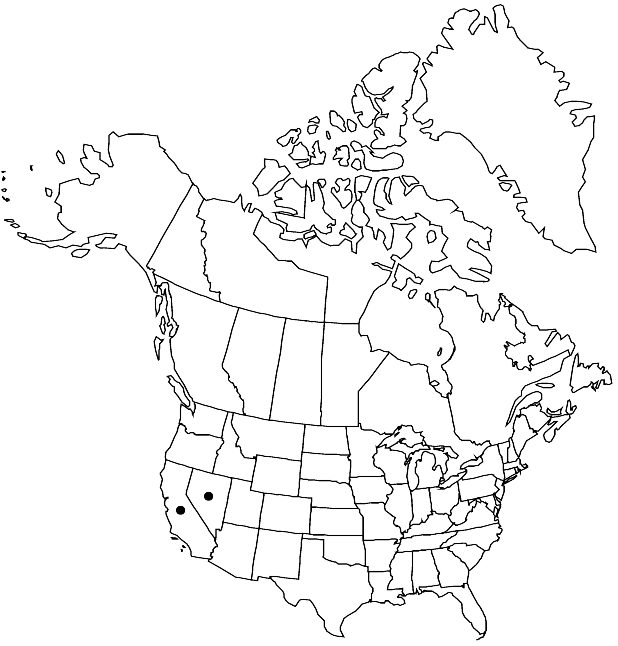Difference between revisions of "Cusickiella quadricostata"
J. Jap. Bot. 63: 69. 1988.
FNA>Volume Importer |
FNA>Volume Importer |
(No difference)
| |
Revision as of 22:55, 16 December 2019
Plants subscapose; puberulent, trichomes crisped, branched, mixed with setiform ones. Stems 0.2–0.6 dm, pubescent. Basal leaves thin; blade linear to oblong, 0.2–0.5 cm × 0.5–1(–1.5) mm, margins ciliate, (trichomes setiform, to 0.8 mm), apex acute, often apiculate, surfaces densely puberulent, trichomes minute, crisped, subdendritic, mixed with fewer setiform and simple ones; midvein obscure. Cauline leaves 1–5 (as bracts). Racemes 5–17-flowered, (bracteate basally). Fruiting pedicels 2–5 mm, glabrous or puberulent. Flowers: sepals 2.5–4 × 1–1.5 mm; petals pale yellow, spatulate or oblanceolate, 3–4.5 × 1.5–2 mm, attenuate to clawlike base to 1 mm; filaments 2–3 mm; anthers 0.4–0.5 mm; gynophore obsolete. Fruits ovoid, 4-angled, 3–5 × 2–3 mm; valves each with prominent midvein, keeled on back, puberulent; style 0.5–1 mm. Seeds brown, 1.8–2.5 × 1–1.5 mm.
Phenology: Flowering May–Jun.
Habitat: Rocky slopes and ridges, pinyon-juniper woods, loose granitic rocks, rocky crevices and flats, dwarf sagebrush slopes
Elevation: 2400-2800 m
Discussion
Of conservation concern.
Cusickiella quadricostata is narrowly restricted in California to Mono County and in Nevada to Lyon and Mineral counties.
Selected References
None.
